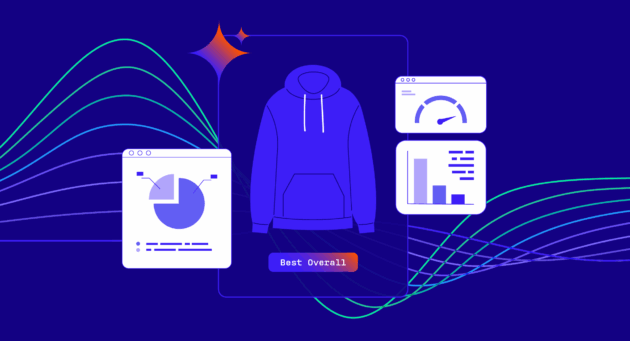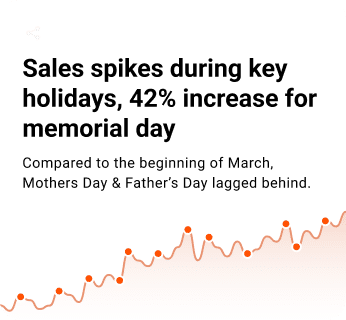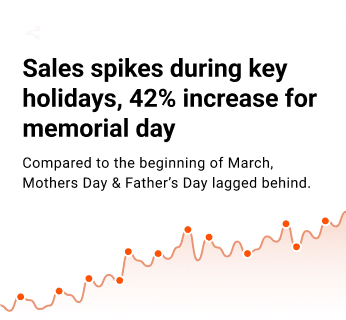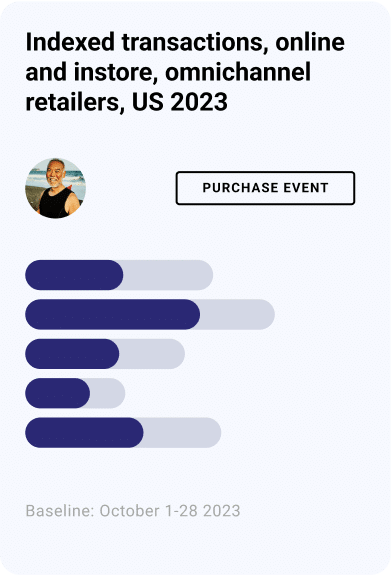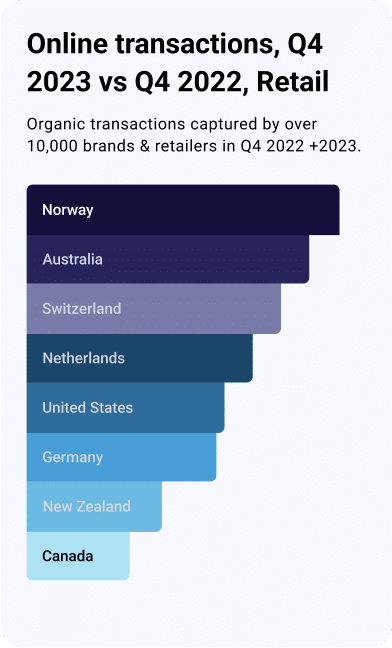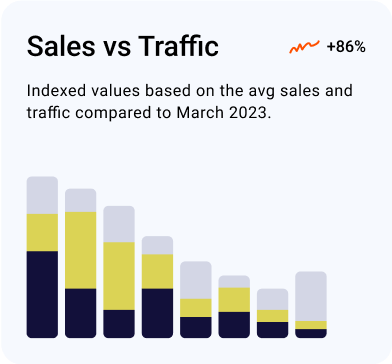We all know that the shopper journey is impossible to predict today. Omnichannel retailers have to build strategies that will reach shoppers wherever they are with a memorable, seamless experience at every touchpoint.
With the path to purchase often zigzagging across multiple channels and devices, from desktop to smartphones and tablets, ecommerce sites to mobile apps and even brick-and-mortar stores, marketers are being forced to question the differences when it comes to omnichannel vs. multichannel marketing.
What is omnichannel marketing?
Omnichannel marketing focuses on delivering a consistent, personalized experience for shoppers across all channels and devices. With the rise of click-and-collect (also known as buy online pickup in store), ROPO (research online, purchase offline), and in-store digital experiences, a true omnichannel strategy includes all online channels as well as offline, bricks-and-mortar stores. The guiding principle of omnichannel marketing is that it’s shopper-based, not channel-based. The main goal is to make the shopper experience as easy as possible, and that means consistent engagement no matter where or how a shopper is interacting with you.
How does omnichannel marketing work?
Omnichannel marketing is a complex approach that requires collaboration across the marketing organization to build and launch a unified strategy. A full-fledged omnichannel strategy takes some doing. Marketers today are adopting it at different levels, depending on their unique challenges and capabilities:
- Putting some of it together: Marketers at this level are connecting some of the dots, typically all in the digital space. Think cross-device and cross-platform like integrated display, social, and video campaigns across desktop and mobile devices.
- Putting all of it together: Marketers at this level are tying all of it together, including digital, mobile, broadcast, print, call centers, and brick-and-mortar stores.
- Both inside and out: At all levels, omnichannel marketing isn’t just about integrating the shopper facing channels, but the internal departments as well. A well-executed omnichannel strategy requires information sharing and a seamless process between company departments such as marketing, support, product, and shopper service.
What is multichannel marketing?
Multichannel marketing spans several different channels, like social, mobile, direct mail, and a physical location. Every channel is separate and independent from the others and works in a vacuum, each with its own strategy and goals. The lack of integration from a multichannel approach can create a confusing and impersonal experience that often leaves shoppers feeling frustrated.
How does multichannel marketing work?
Multichannel marketing begins with identifying the channels that you want to use to reach, engage, and convert consumers. Typically, this includes a mix including your website, physical store(s), paid and organic social, paid search, display ads, email, direct mail, and any other channels that will help you meet your marketing objectives.
Then, strategies, goals, and messaging need to be built out for each channel. Ideally the messaging is tailored for each channel’s unique requirements, but still consistent across channels. With a multichannel marketing approach, each channel operates in a silo with little to no connection of strategy, audiences, or measurement between channels.
Omnichannel vs multichannel marketing: What are the main differentiators?
Simply put, omnichannel marketing is a more holistic approach that seeks to connect all channels. Multichannel marketing is exactly what it sounds like – a strategy that employs multiple channels—but those channels aren’t necessarily connected in a meaningful way to improve the customer experience.
What makes omnichannel marketing better than multichannel marketing?
Shoppers aren’t loyal to particular channels or companies anymore, with many shoppers switching from mobile to desktop to storefront all while making the same purchase. In today’s market, to earn loyalty, retailers must focus more on the shopper experience than ever before.
An omnichannel strategy ensures a seamless experience for shoppers. The shoes you viewed on your laptop are the same ones you saw while Instagramming on your phone and the same pair you received an email about when they went on sale a week later and you bought them in the local store. The message is consistent, channel agnostic, and most importantly, customized based on your browsing behavior.







